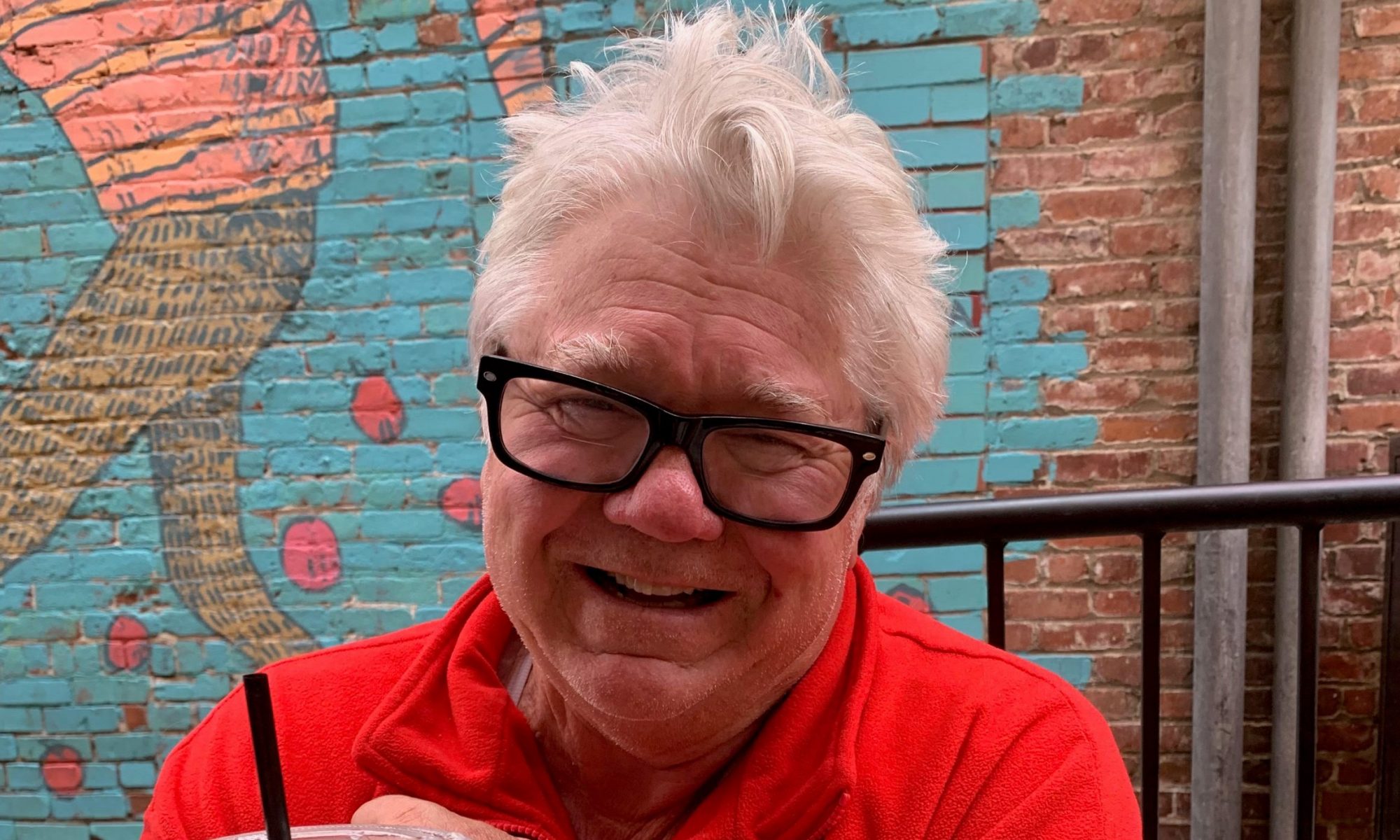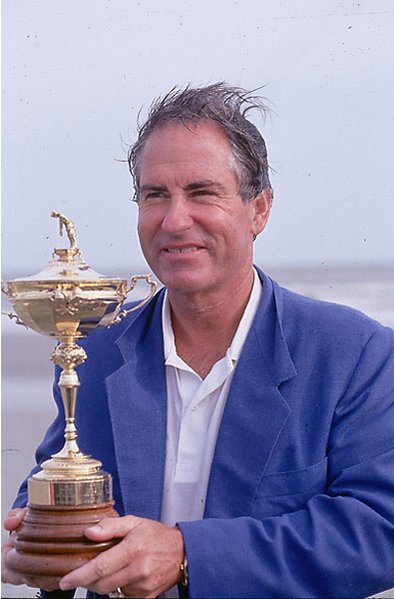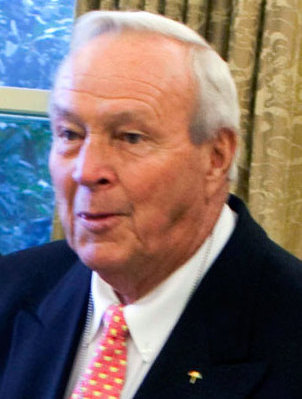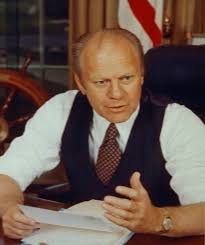A Redlands Connection is a concoction of sports memories emanating from a city that once numbered less than 20,000 people. From pro football’s Super Bowl to baseball’s World Series, from dynamic soccer’s World Cup to golf’s and tennis’ U.S. Open, major auto racing, plus NCAA Final Four connections, Tour de France cycling, more major tennis like Wimbledon, tiny connections to that NBA and a little NHL, major college football, Kentucky Derby, aquatics and Olympic Games, that sparkling little city sits around halfway between Los Angeles and Palm Springs on Interstate 10. A Redlands original who used a camera left that city to take a photo of a legendary golfer. – Obrey Brown
Anyone ever heard of Ben Hogan?
There was a Redlands guy, Jim Sloan, who did. Sloan took photos, never really pushing his photos onto anyone. In that growing media business, whether it’s on large metropolitan dailies or a mid-size, there are also small town dailies that attract a group of contributors ranging from writing correspondents to photographers. Sloan was a true professional. Don’t get me started on telling about him. I don’t know enough.
That guy hustled, figured on angles, brandished his gear, fed film into canisters, throwing his heart in art-lengthy shots before modern technology – aka digital – was available.
Sloan, who specialized in Boy Scout photography for years, had presented his local newspaper with a lengthy list of photos over years. On back of those mostly black-and-white glossies was a familiar hand stamp – “Photo by James Sloan.”
There were photos of President Eisenhower, especially during that time when the World War II general was living out his final years in the Coachella Valley. Sloan caught the ex-president in a variety of poses, mostly on the golf course.
Fellow photographer Ansel Adams, musician Stan Kenton and politician Ted Kennedy were among the celebrity shots. Plenty of stories could be written about his photography connections with those famous faces. In his own way, Sloan, himself, was a celebrity photographer.
One of his photos, however, stood out. I remember when he brought it into my office. “I got this,” he said, pulling the 2 x 4 black-and-white out a small white envelope, “when I was down in Texas. I got him to pose for this.”
I looked at the mug shot. Smiling, handsome, almost stylishly posing, was a familiar face of golf legend Ben Hogan.

This isn’t the photo that Jim Sloan provided to me during my days as a sports editor in Redlands. That photo, if it even still exists, is in possession of the newspaper. The Ice Man? This wasn’t that shot of golfing legend Ben Hogan taken by Redlands photographer Jim Sloan, but it will have to do (photo by Wikipedia Commons).
Sloan’s photo was apparently opposite of such a philosophy. Was it a lie? Did Hogan occasionally shed that image? Was Sloan a personal friend? No way. Couldn’t be. Ben Hogan, who had captured every major championship – four U.S. Opens, a British Open in his lone attempt, two Masters and two PGA titles – while overcoming that infamous 1949 car collision with a bus that nearly killed him.
All of which is a well-known story by now, part of history – along with that picturesque swing, the calmness, ice water in his veins, the famous comeback, that movie that depicted his life around the crash, Follow the Sun: The Ben Hogan Story. No sense in reciting all that here. This story is A Redlands Connection between a local photographer and a golfing icon that breathed immortality.
It was hard to trust Jim; I didn’t know him all that well, but I had to trust him. In a way, Jim was far more worthy than I was on a local front. A trick? A way to claim some kind of connection to a legend? A little self-indulgence? Redlands was a golf community, its country club often playing host to a variety of legendary connections. Wouldn’t it be great to fabricate a story with those golf partisans? A story connecting Jim Sloan to Ben Hogan would be a good one.
Golf had plenty of prominent connections to Redlands.
Club manufacturer Mario Cesario, whose son Greg was an All-American golfer at Arizona State, made golf clubs for Tom Watson, Nancy Lopez, Gene Littler and others – in Redlands. Watson himself even journeyed to Mario’s local shop for consultation.
Tiger Woods came to Redlands as a well-known five-year-old.
Phillips Finlay, younger brother of Madison Finlay, once took on Bobby Jones in the Roaring 20’s. Or was it twice? Maybe three times?
Dave Stockton, who famously outdueled Arnold Palmer at that 1970 PGA Championship, hailed from San Bernardino – but moved to Redlands.
Here, though, was a photo print of that Ice Man, Hogan’s historical nickname, that bore all of Sloan’s photographic trademarks. Remember my cynicism. That started melting away. I believed Jim was telling a large truth.
First question that came into my head: “Did you shoot this photo in Redlands?”
Excuse my excitement. Jim, of course, had already told me that he was in Texas when he took it. Texas was Hogan’s home, somewhere near Dallas. I was excited to think that, somehow, Hogan might’ve traveled to Redlands.
I wish I could recreate that total conversation I had with Jim about his Hogan photo – but he was always in a hurry. There was no real conversation. Any time he showed up, it was always a quick-hitting visit. Sloan, in my memory, only showed up a few times for talk, presenting photos, or discussing some sports-related shot he’d taken. Something about that guy, always on the move, seemingly like he was late for something.
“I’ll give you this,” he said, noting that Hogan photo, “to use when he dies. Keep it in your obit file.”
And Jim disappeared. A few years later, Jim died. He was an heir to the R.J. Reynolds tobacco dynasty. Hogan outlived him by a few years. By the way, when Hogan passed away in July 1997, out came his photo from my desk for use in that Redlands newspaper.
Yes, credit was given toward Jim Sloan.




